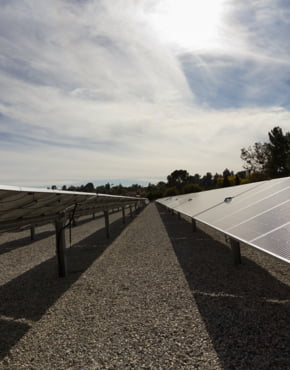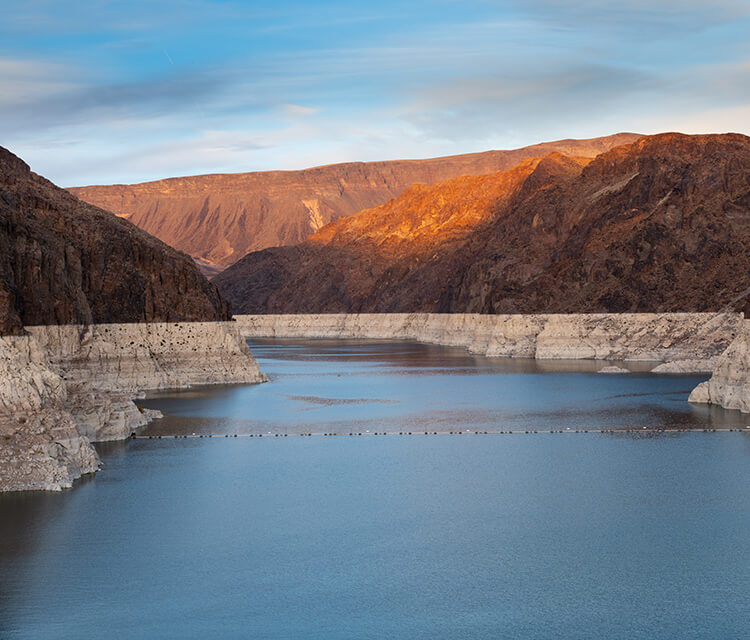How the Colorado River Benefits from Conservation
One of Metropolitan’s most important reservoirs isn’t even in our state. It’s along the border of Nevada and Arizona – Lake Mead, behind Hoover Dam. Thanks to ongoing conservation that has continued since the last local drought, Metropolitan has been able to store about 1.3 million acre-feet of water in this distant reservoir. That is roughly enough water to serve a city the size of Los Angeles for about two years.

This year, due to low supplies from the northern Sierra, Metropolitan is planning to withdraw a modest amount of these reserves to deliver water reliability to Southern California. Our ability to build these reserves in wet years, and tap them in critically dry years like this, is an important overall part of our water management strategy. And it is growing increasingly important as the climate changes.
Storing water in Lake Mead is a relatively new part of the Metropolitan portfolio. It began in 2007. The federal Bureau of Reclamation, after consulting with the Colorado River Basin states, issued “Interim Guidelines” on how to determine when a shortage is declared and what level of cuts would be required. At the same time, Reclamation developed an incentive to help avoid such shortages, encouraging agencies to store water in the lake through a program known as Intentionally Created Surplus, or ICS.

Given the dry conditions and the drop in the level of the lake, in August Reclamation is likely to declare the first-ever shortage condition for the lower Colorado River that would take effect next year. Initially, shortages, and the cuts they trigger, would affect Arizona, Nevada, and the Republic of Mexico; if Lake Mead continues to decline, Metropolitan’s supplies would be at risk. Such a shortage would have happened sooner if water agencies in the Lower Basin like Metropolitan did not have the incentive to conserve – and if millions of Southern Californians hadn’t continued to lower their water use since the last local drought. The actions of our residents and businesses to use water more efficiently have allowed Metropolitan to store more water behind Hoover Dam, raising the reservoir’s level by more than 15 feet. These higher elevations have helped avoid water shortages on the Colorado River and provide flexibility for Metropolitan at times when the water is needed here in Southern California, as in this year.
As seven states and the Republic of Mexico all rely on water from the Colorado River, using water more wisely here in Southern California yields positive benefits throughout the Southwestern United States.
Press Contacts

